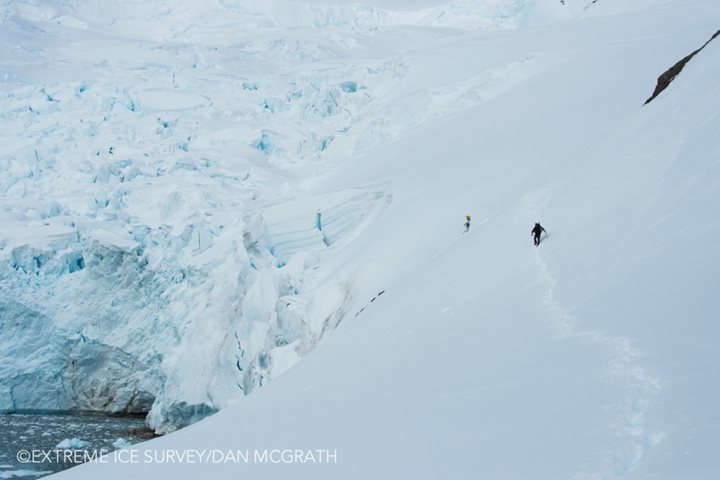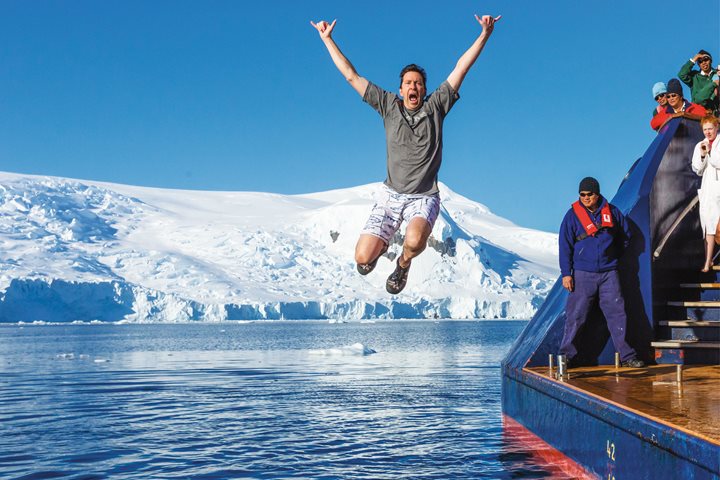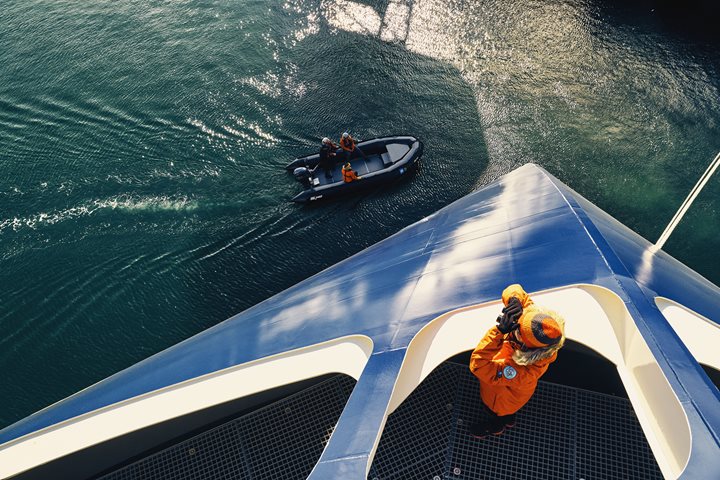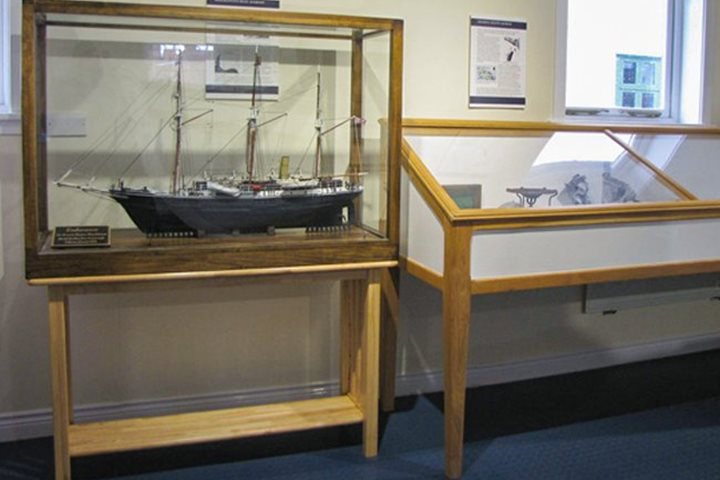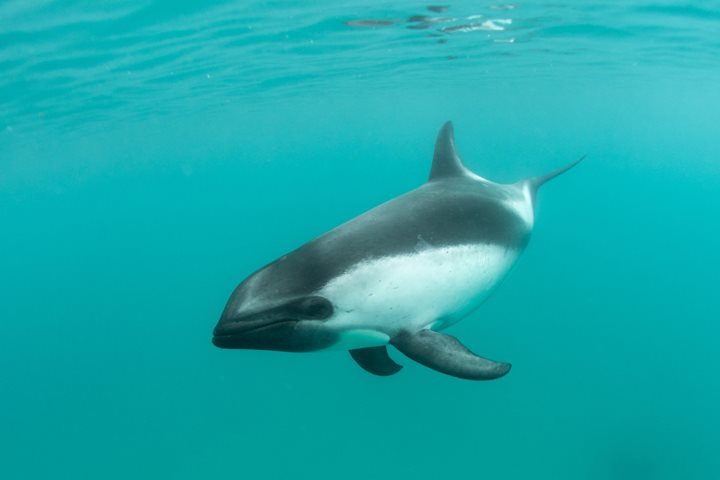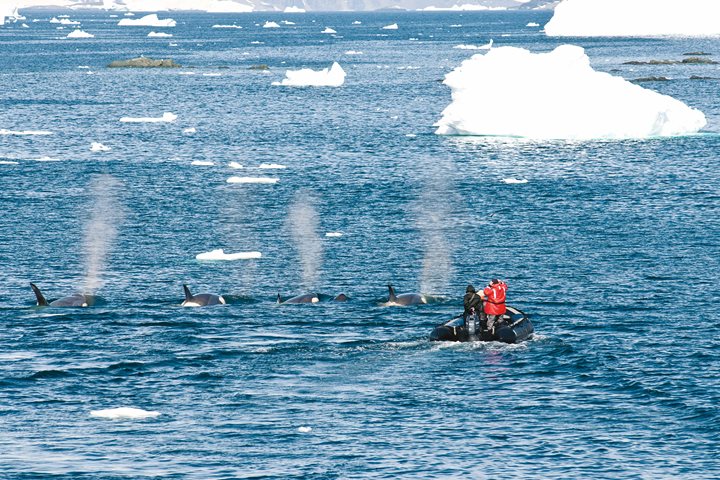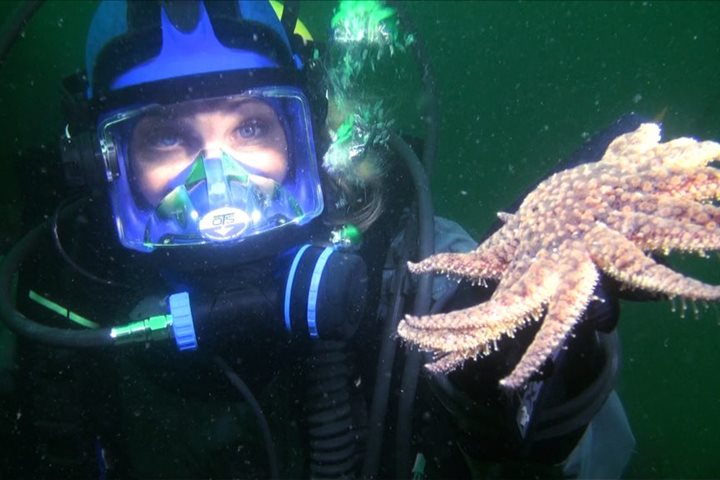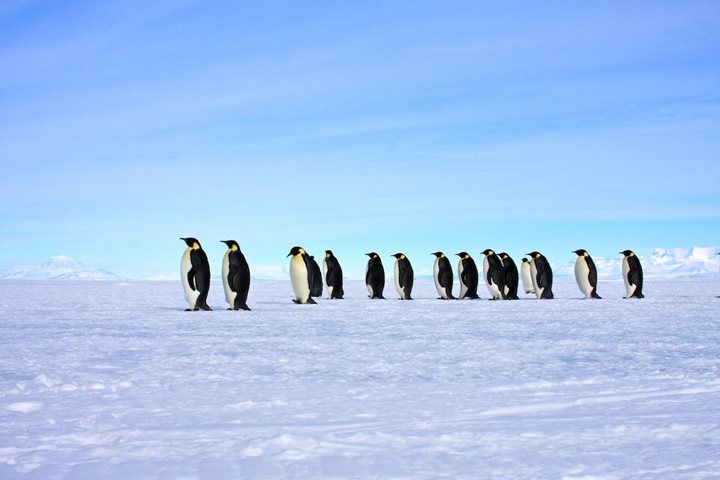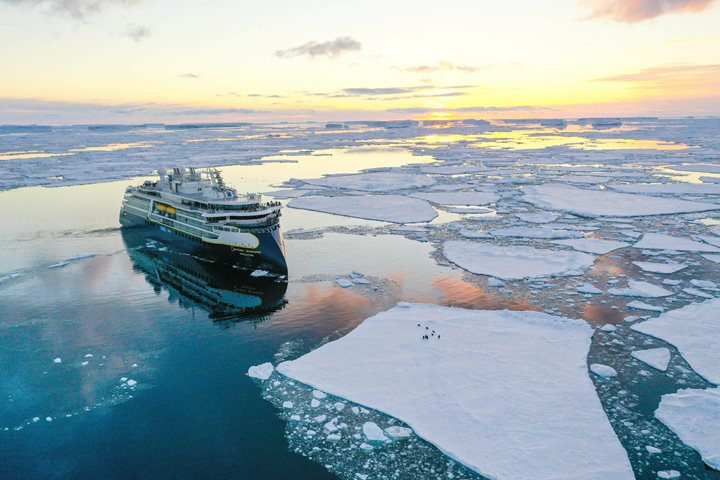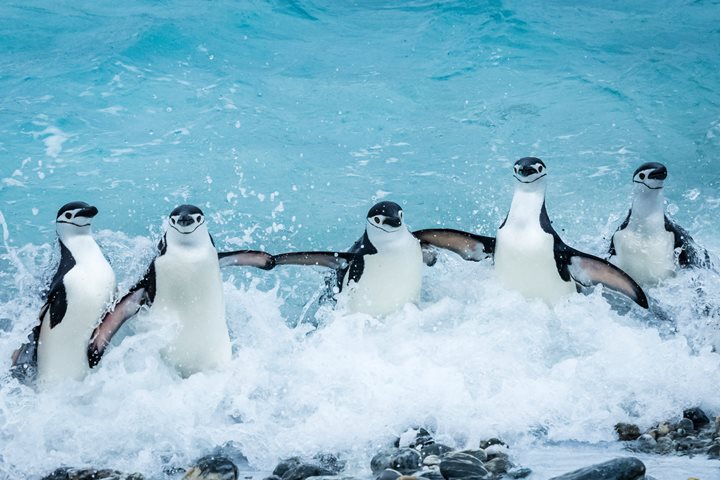6/14/2018
2 Min Read
How to Take the Polar Plunge Challenge
10/5/2018
3 Min Read
Lindblad's Newest Innovation: The X-Bow
11/16/2018
5 Min Read
How One Guest's Model Ship Made it to the South Georgia Museum
12/2/2018
4 Min Read
Undersea Specialist Paul North on Diving the Polar Regions
12/17/2018
3 Min Read
Observing Humpback Whales in Antarctica
1/14/2019
4 Min Read
Jeopardy! Clue Crew Member Sarah Whitcomb Foss on Traveling the World
1/28/2019
4 Min Read
The Remarkable Ross Sea
1/29/2019
3 Min Read
Killer Whale Research on the National Geographic Explorer
1/31/2019
5 Min Read
A History of the Coin Ceremony
4/10/2019
4 Min Read
6 Reasons to Love Antarctica
4/25/2019
3 Min Read
World Penguin Day: Exploring the Southern Ocean With the Penguin Lady
Showing 12 of 12

